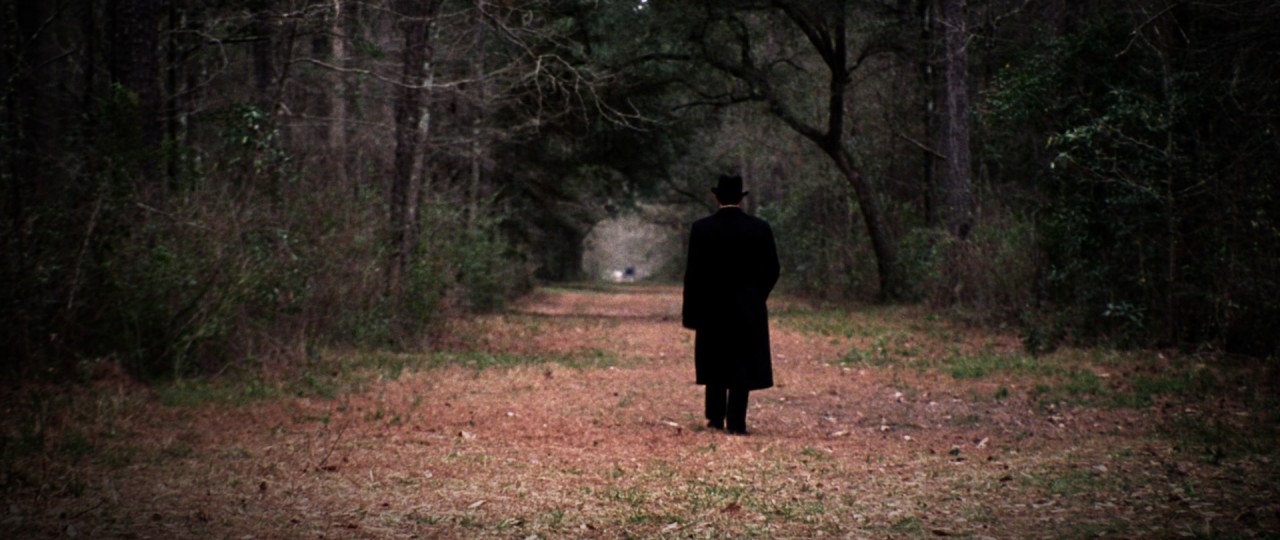Take your flunky and dangle
The crime drama has been an ever-present throughout cinema. Its durability is a testament to our love of good and bad, deception, redemption, crime and punishment. The film noirs of the 1930s and 1940s have their own rhythm but no crime film transcends genre quite like Miller’s Crossing by Joel and Ethan Coen. It doesn’t seem to know whether it is a gangster picture or a film noir. Maybe both. Maybe neither. But it doesn’t matter.
This film, undoubtedly the Coen’s finest, is the greatest gangster film of them all.
Briefly I want to set out three reasons why. Firstly, like most of the Coen’s oeuvre it establishes a linguistic milieu all of its own. The dialogue is as hard-boiled as it comes. The tale is increasingly complex as it unfolds and is twisted into submission by the brothers but it is forever anchored in the verbal sparring to, from and between characters. The following is a case in point:
Verna: Shouldn’t you be doing your job?
Tom: Intimidating helpless women is my job.
Verna: Then go find one, and intimidate her.
The oft-repeated greetings (“What’s the rumpus?”), the reference to women as “twists” and the casual put-downs (“Take your flunky and dangle”) are completely Miller’s Crossing, completely of their own. No matter how fiendishly plotted it becomes, the sheer poetry of the spoken word here lends the film a mythical quality.Quentin Tarantino, that most feted of screenwriters, writes characters that all speak exactly the same way. Jules Winnfield sounds exactly like Ordell Robbie. Hans Landa sounds exactly like Dr Schulz. He wishes he could write like this.
Carter Burwell, the long-time Coen composer created his finest score for Miller’s Crossing. Most recently used as the theme for a Caffrey’s commercial, here Burwell’s elegiac score creates a kind of yearning, a mourning, an aching for…something. That something will become apparent by the end. It also dovetails perfectly with the glorious autumnal visuals. The use of music in Martin Scorsese’s seminal Goodfellas is a counterpoint here: when you think of the use of Layla towards the end, the action is propelled forwards immeasurably. It is also used to comment on what is occurring on screen: it is as much a part of the unfolding drama as the beats of the scene itself.
The score in Miller’s Crossing offers something different. It almost slows the action down, offering some respite in order to take stock of what is happening, allowing a sense of melancholy to undercoat what we see. It is a perfect example of a seamless marriage between visuals, music and theme.
Ultimately though the Coen brothers prove to be subverting those prized genres of film noir and the gangster film.
They aren’t reaching for realism here: this is firmly in the land of movies. All the conventions are present and accounted for: cross and double-cross, betrayal, sacrifice, murderous intentions. Tom Regan is all bitter wisecracks, fuelled by whiskey and bathed in an ever-present cloud of smoke. His motives are concealed by his sharp tongue and loner persona but this protection gradually gives way to those higher virtues of loyalty, friendship and love. And he sacrifices himself and all that he cares about in the process.
What makes this journey so utterly magnetic is his method: Tom betrays all that is important to him in order to protect and secure it. That’s ultimately why the closing scene is so beautiful. Tom, reaching once more for his beloved hat, watches Leo walk away and out of his life with this iconic exchange:
Leo: Dammit, Tom, I forgive you!
Tom: I didn’t ask for that and I don’t want it. Good-bye, Leo.
